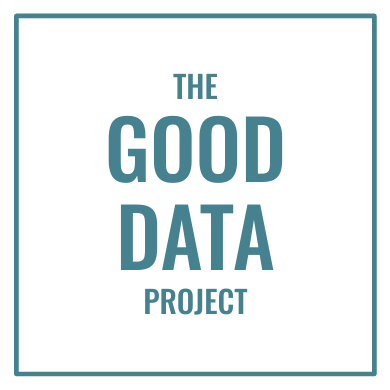You use charts and graphs to tell stories.
Whether you’re a marketer, a trade reporter, or a sales executive, well-made data graphics can clarify your ideas and convince your audience. But most of us never learned how to make good charts and graphs. We were just handed computers loaded with Excel and Powerpoint, and set loose on unsuspecting coworkers and customers.
When I help clients build data graphics I give the same advice over and over. I've come to think of it as the Golden Rule of Charts and Graphs:
Display all the information you need to tell an honest story, and no more.
What does that mean in practice?
1. Tell a story. Charts and graphs help us make a point. Need to showcase people’s preferences, explain why your product is best, or reveal the latest trends? Good data graphics can do those things better than words can on their own.
Before you draft your chart or graph, write out your story as a short sentence. This will focus your efforts and make a good graphic title later.
And as you edit and refine your data graphic, ask yourself two questions: 1) Does this chart tell the story I want to convey? 2) Does it tell that story better than words can alone? If you answer ‘no’ to either question, make changes until you answer ‘yes.’
2. Display all the information you need, and no more. When charts and graphs fail to tell a good story, it’s often because they contain either too little information or too much.
Want to compare jazz clubs in Berlin and New York? Your chart needs to contain enough information: Not just a bar representing each city, but also axis labels that indicate the scale, data labels that show exactly how many jazz clubs each city has, and notes that report who collected the data and when.
But no chart should include every data point you’ve collected. Just as you edit unnecessary words from your writing, you should edit unnecessary data from your graphics. So if your research also uncovered the number of jazz clubs in Paris or the number of dance clubs in Berlin, and that information doesn’t tell your story, leave it out.
3. Make sure it’s honest. Lying in a chart or graph is no different than lying with words.
So if trimming the scale on an axis makes the data clearer, go for it — but if you do this just to make your preferred response look better, that’s not honest. If leaving out low-scoring survey responses prevents data overload, that’s great — but if you leave out a response just because you don’t like that answer, that’s not honest.
Before you publish a data graphic, ask yourself: Could you look someone in the eye and make the same claim the chart does?
There are lots of other ways to improve your data graphics, like choosing the right type of chart and labeling your data correctly. And we’ll get to those.
But you have to start with the golden rule of charts and graphs. Get this right, and your data graphics can’t go too far wrong.
Want good data delivered to your inbox? Subscribe here.

